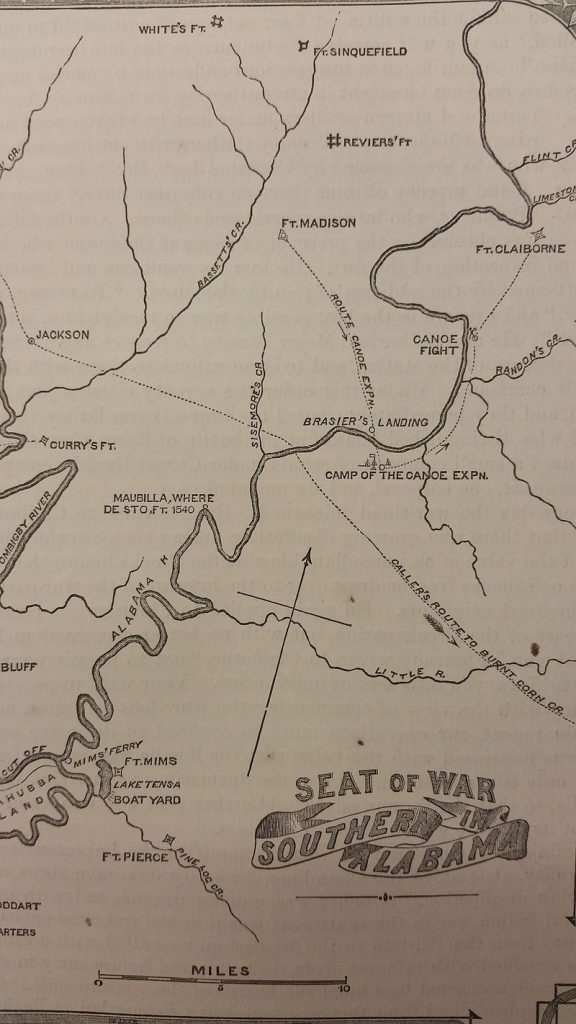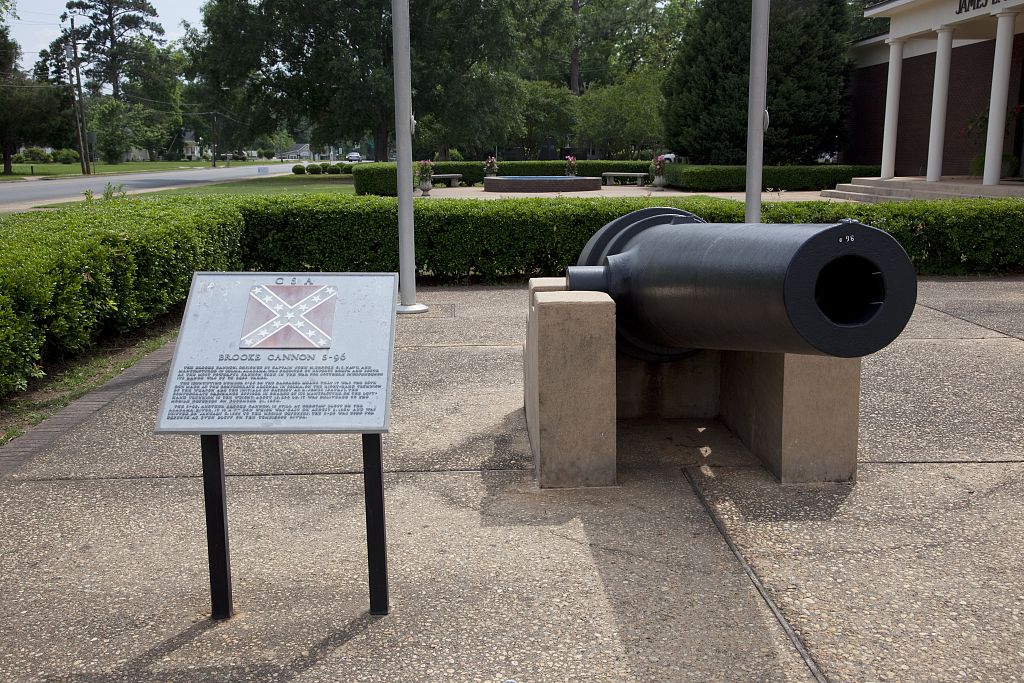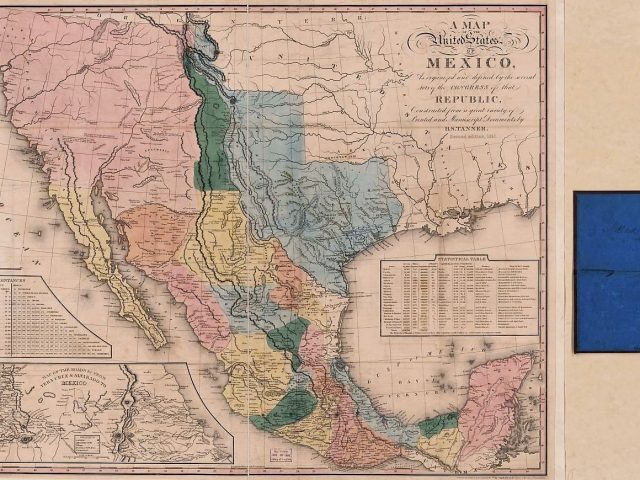Jackson, Clarke County, Alabama
The town of Jackson in Clarke County, Alabama is holds an annual fall festival. See Fall Festival for more information
Home of first Agricultural College in the State of Alabama
On the eastern bank of the Tombigbee River just north of the mouth of Bassetts Creek in Clarke County, Alabama, is located the town of Jackson. The population in 1870—1,360; 1880—1,012; 1900—1,039; 1910—1,379; 1915—2,500 was 5,228 at the 2010 census. Jackson was incorporated by the Mississippi Territorial Legislature, November 27, 1816. The first Agricultural College in the State of Alabama was established where Jackson Middle School is now located.
SEE ALL BOOKS BY DONNA R CAUSEY
The settlement of Jackson was first called Republicville, and as early as 1813, it had attained considerable importance. In 1816 the town’s name was changed to Pine Level, and later to the present name, in honor of Gen. Jackson. Jackson is one of the oldest towns in Clarke County with a history that dates back to the French and Spanish times.
 Old Map shows Jackson (middle left) in Clarke County, Alabama
Old Map shows Jackson (middle left) in Clarke County, Alabama
In 1813 Gen. Claiborne’s army camped at the town while en route to the scene of the Battle of the Holy Ground. Capt. Sam Dale, with a scouting party, scoured the swamps of Bassetts Creek, clearing out the lurking Indians, and thus securing safety for the settlers. Frank Stringer was the first settler. John Chapman came in 1810. William Walker set up a mill on Bassetts Creek in 1811, and David Taylor built a flouring mill in 1812. Reuben Saffold arrived in 1813, and took part in the Burnt Corn expedition.
The town quickly grew to a population of 1500 in 1816. Traders came from 100 miles to sell their goods. The Pine Level Land Company owned much of the town and sold lots for public use. The original plat reveals their plans for a large city. Lots included a place for a public square, a market place, three church lots, a school, and a cemetery.
A large tannery was early established and supplied saddles, harness, shoes, and other .leather articles needed by the pioneers. Sailing vessels frequently came from Mobile, and as many as 20 were sometimes at anchor in the river.
Immigrants came from everywhere
Immigrants to the town included Pennsylvania Germans, French and Quakers. L. Hatch was said to have had the “handsomest residence in Jackson.” Captain Wainwright, a steamboat captain, bought the house at a later date and the house is still standing.
Early families included the names of: White, Stringer, Dubose, Daffin, Parker, Taylor, Chapman, Walker, Bradley, Joiner, and Gill.
“River traffic was essential to this part of the country. Not only for travel but for the delivery of supplies. The Jackson Ferry began operation in the later part of the 18th century and was used until a bridge was built in the late 1920’s. General Jackson and Claiborne used this ferry to transport their armies. The ferry was owned by the Stringers and later by David Taylor. Later, Isham Kimbell and his heirs operated the ferry until the bridge was built.”1
SOURCE
- History of Alabama and Dictionary of Alabama Biography, Volume II
- City of Jackson.com
- Fall Festival






Not